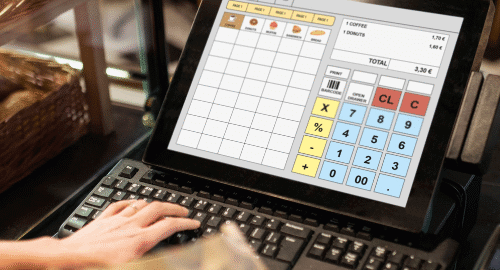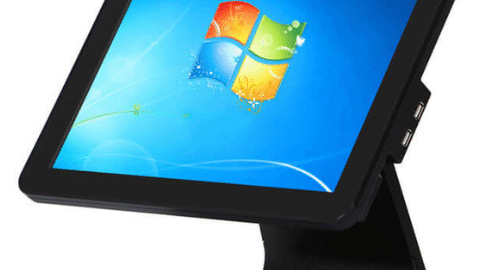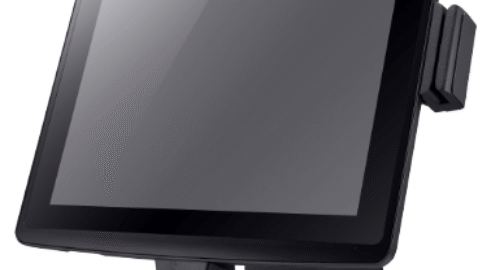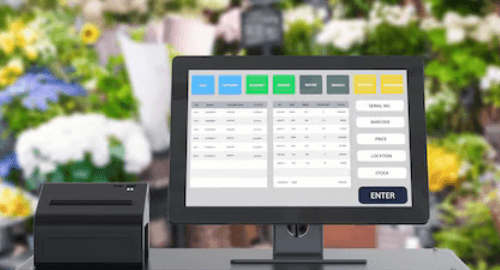
POS paper, also known as Point of Sale paper, is a type of paper used in receipt printers that are part of POS systems. These systems are commonly found in retail stores, restaurants, and other businesses where transactions are processed. Here’s a detailed overview of what POS paper is and why it’s important for your business operations.
Types of POS Paper
There are several types of POS paper, each designed for specific types of printers and applications. The main types include:
Thermal Paper
- Description: This is the most common type of POS paper. It is coated with a chemical that changes color when exposed to heat, eliminating the need for ink.
- Usage: Used in thermal printers, which are quiet and fast, making them ideal for busy environments.
- Advantages: Low maintenance (no ink or ribbon needed), high-quality print, and fast printing speed.
Bond Paper
- Description: This is a standard, uncoated paper that requires a ribbon to print. It is commonly used in impact printers.
- Usage: Used in dot matrix or impact printers, often found in environments where duplicate copies of receipts are needed.
- Advantages: Durable and can produce multiple copies using carbonless paper.
Carbonless Paper
- Description: This paper is used to create multiple copies of a receipt simultaneously. It consists of multiple layers, each coated with a special ink.
- Usage: Used in impact printers for businesses that need to provide a receipt to the customer while keeping a copy for their records.
- Advantages: Creates instant duplicates without the need for separate printing.
Features of POS Paper
- Size: POS paper rolls come in various widths and diameters to fit different types of receipt printers. Common sizes include 57mm, 80mm, and 3 1/8 inches in width.
- Length: The length of the paper roll can vary, affecting how often you need to change the roll. Longer rolls are preferable for high-volume environments.
- Quality: The quality of POS paper can vary. Higher-quality paper provides clearer prints and reduces the risk of paper jams and printer wear.
Why POS Paper is Important
Transaction Records
- Purpose: POS paper is essential for printing transaction records, providing customers with receipts, and maintaining records for business purposes.
- Importance: Accurate transaction records are crucial for accounting, customer service, and resolving disputes.
Customer Experience
- Purpose: Providing a printed receipt is a standard practice that enhances the customer experience by giving them proof of purchase.
- Importance: A clear, well-printed receipt reflects professionalism and reliability.
Promotional Opportunities
- Purpose: Receipts printed on POS paper can also include promotional messages, coupons, and other marketing materials.
- Importance: This adds value to the receipt and can encourage repeat business.
Compliance
- Purpose: Many businesses are required by law to provide receipts for transactions.
- Importance: Using POS paper ensures compliance with these regulations.
Conclusion
POS paper is a critical component of any business that relies on POS systems for transactions. Understanding the different types of POS paper and their applications can help you choose the right paper for your business needs. Whether you are using thermal, bond, or carbonless paper, ensuring you have the right quality and size will improve your operations, enhance the customer experience, and support your business’s success.












